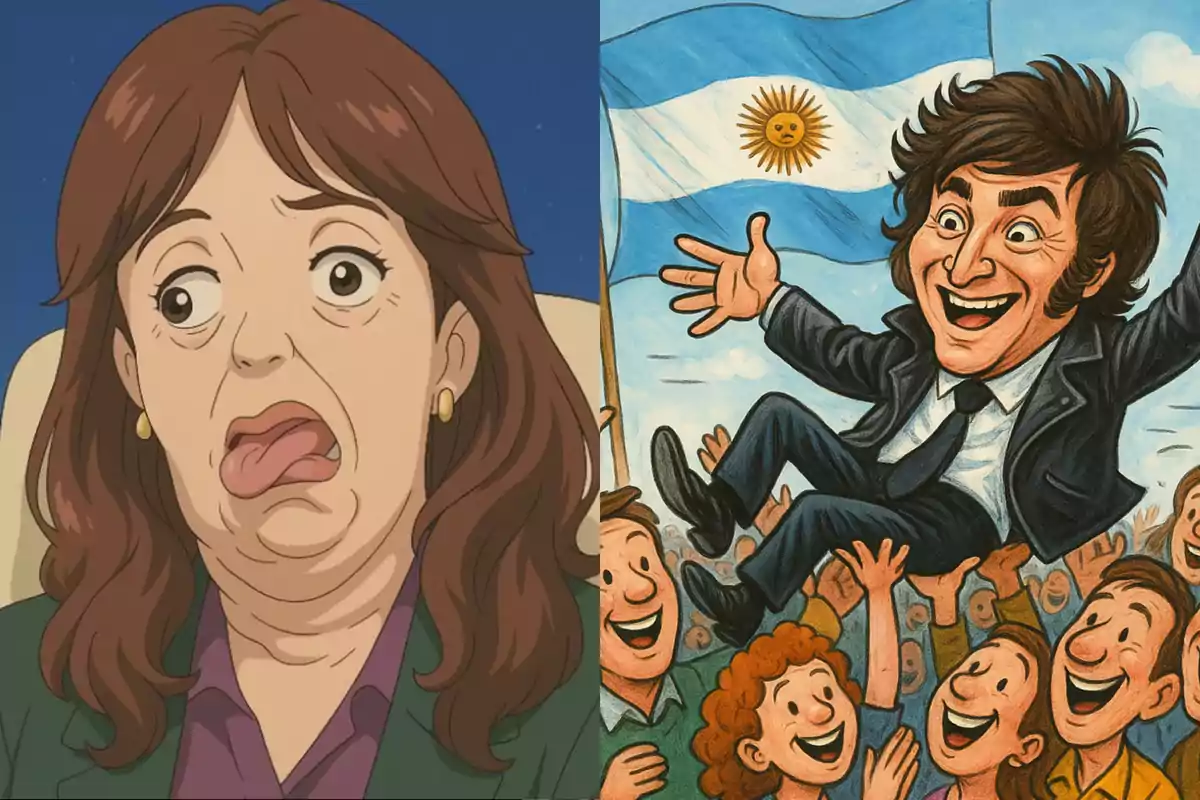
Chat GPT-4 became a trend due to its powerful ability to generate images
OpenAI's new artificial intelligence model is trending after the launch of its image generator
OpenAI's new artificial intelligence model, ChatGPT-4o, became a trend after the launch of its image generator. This feature allowed simple text descriptions to be transformed into striking illustrations, many of them inspired by visual styles like Studio Ghibli, Japanese anime, or even realistic artistic portraits.
In a matter of days, social networks like X, Reddit, and Instagram were flooded with AI-caused designs. From characters from The Lord of the Rings, Steve Jobs in anime version, to the recreation of public figures like Elon Musk, the impact was immediate. Even OpenAI's CEO, Sam Altman, reportedly updated his profile picture with an image created by his own technology.
Visual creativity found a new ally in artificial intelligence
The GPT-4o model not only marked a milestone in text generation but also in the field of visual design. Users with access to ChatGPT Plus, Pro, Team, or Free began creating visual content without prior illustration knowledge, simply by drafting detailed prompts.
For example, instead of asking for “a dog on the beach,” users learned to write descriptions like: “a golden retriever running on the sand with the sun reflecting on the water, watercolor style.” Additionally, they could request styles like cyberpunk, photographic realism, pixel art, or retro art. This level of customization helped obtain much more defined and visually appealing images.
A caricature of the former president and twice-convicted Cristina Kirchner also went viral. Meanwhile, this medium used the tool in question to generate a caricature of the current president Javier Milei.
The debate on the future of digital art and intellectual property
The tool's success caused a wave of enthusiasm, but it also opened the debate on the impact on the creative industry. While many celebrated the democratization of design, others warned about the risk of displacing human artists and the potential misuse of these resources.
OpenAI assured that its technology doesn't replicate specific artists' styles, although it does allow generating images inspired by well-known studios. Even so, concerns persist about ethical and legal limits, especially in a context where copyright lawsuits exist in the era of generative AI.
The interest was so high that OpenAI reported delays in activating the image generator for free accounts, given the volume of traffic. Paying subscribers, who pay about 20 dollars a month, were the first to experience the tool as part of the new experience with GPT-4o.
How to generate viral images with ChatGPT-4o
To use the feature, users must log into ChatGPT from OpenAI's platform, choose the GPT-4o model, and draft a specific prompt. The more details the description includes, the better the results will be. They can even request absurd or humorous compositions, like a cat astronaut on the Moon or Lionel Messi as an anime character.
If the caused image doesn't meet expectations, the prompt can be adjusted or edited with external tools like Photoshop or Canva. Many users shared their creations under hashtags like #AIart, #ChatGPT, or #AImagic, which further boosted the content's virality.
More posts: